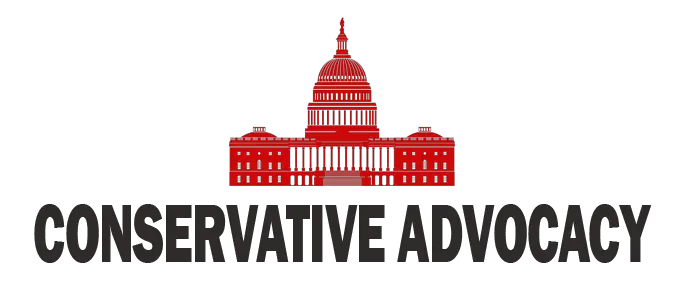As the Supreme Court gears up for another exciting term, there’s a buzz in the air like it’s the night before Christmas—if Christmas were a series of intense legal battles that could shape the future of the nation. The court is set to tackle a plethora of important cases, including hot-button topics that cover everything from tariffs introduced during the Trump presidency to the contentious issue of transgender athletes in girls’ sports. With the stakes so high, it seems like this could be one of the most significant terms the Supreme Court has faced in recent years.
One of the cases grabbing attention involves the President’s ability to fire certain federal employees. Emerging cases, specifically Trump v. Slaughter and Trump v. Cook, dive into the complexities of executive power and how it interacts with various roles within government entities. It’s a bit like a high-stakes game of chess—every move could potentially upend the board. Observers think the outcomes will differ based on the specific roles of the Federal Reserve and the Federal Trade Commission. After all, can a president suddenly decide he doesn’t like somebody sitting on an important board just because he’s having a bad day?
As if the legal drama of the Supreme Court wasn’t enough, there’s also the case of an individual who allegedly attempted to assassinate Justice Brett Kavanaugh. This story has quite a twist ending, fueled by the deciding actions of a judge appointed by President Biden. This judge handed down a surprisingly light sentence of eight years to the would-be assailant, who had shown up armed with items indicating serious intent. Critics are scratching their heads over the decision, especially with such a severe crime—a situation that has many questioning what message is being sent to future bad actors.
This leniency seems even more bewildering when considering factors that may have influenced the sentence, like the defendant’s claims regarding their identity. The judge factored in concerns related to prison placement for transgender individuals, leading some to argue that this was a questionable approach to sentencing. Questions are swirling around whether this judgment reflects a broader agenda rather than delivering strict justice intended to deter serious crimes. After all, nothing says “justice” like an eight-year slap on the wrist for someone attempting to harm a sitting Supreme Court justice!
The concerns go beyond just one case, shining a spotlight on the judicial system and how personal beliefs can influence the rule of law. The case raises various uncomfortable questions—how do personal identities play into legal consequences? Are some crimes considered less severe based on a defendant’s identity? Does this suggest that certain individuals might receive different treatment in the eyes of the law? The whole situation resembles a tangled web of legal and cultural complexities that leave many scratching their heads.
While the Supreme Court is ready to dive into crucial cases that could redefine our legal landscape, one thing is clear: watchers on both sides are feeling the pressure. Whether it’s financial regulations, cultural disputes, or serious criminal activity, the outcomes will likely set the tone for future legal proceedings in America. As the curtain rises on this new term, folks across the nation are poised on the edge of their seats, eager to see how these critical issues unfold. Will justice prevail, or will these cases further illustrate the divide between law and ideology? Only time will tell.




